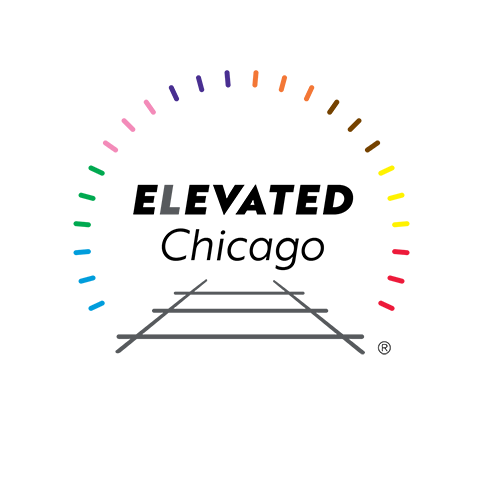What's ETOD?
Chicago can and must be a place where transit assets—that’s stations and stops, buses and trains—are tools for neighborhood vitality. We can and must commit to developing buildings, homes and public spaces in every neighborhood in ways that address residents’ needs and wants. We can and must be a city and region that embraces and models equitable transit-oriented development, or ETOD.
With ETOD, businesses, homes and public spaces near transit:
- Are owned locally, generating wealth for Black, Brown and indigenous people; remain affordable and accessible, ensuring that they can be appreciated by all residents, without displacing people, particularly people of color who have lived in communities for decades.
- Have access to high-quality transportation to jobs, amenities and other opportunities; attract respectful investors and visitors, who help to sustain and vitalize communities; are walkable, encouraging community engagement, health and safety.
- Incorporate sustainable practices to address climate change threats, including flooding, air pollution and high temperatures; include spaces to display and perform art reflective of communities.
Development, the right way
Elevated Chicago is led by a Steering Committee representing national, regional, local and community voices and organizations that work on issues of equity, opportunity, affordability, health, culture, and climate resilience. This group identifies and sets actionable priorities for our work, in conjunction with site-based and cross-site Community Tables and Working Groups.
What it is, what it was
We have lived in an apartheid city. The time for change is here. We can use collaboration, policy and investments around transit to change our deeply divided and car-oriented city, to restore vibrancy to areas harmed by disinvestment and displacement, to end racial segregation, to build wealth rather than extract it, and to use infrastructure to connect, not to separate, communities. Our reckoning is now.
Two kinds of displacement
Chicago’s Black, Brown and indigenous residents face two forms of displacement. 1) Gentrification, which means that in accelerated real estate markets, longtime residents are displaced by development that causes rent and property values to rise. For instance, between 2000 and 2019, Logan Square lost more than 25,000 Latino residents, a 47% decline. 2) Depopulation, with a nearly 27% decline in our city’s Black population between 2000 and 2019, as 280,700 Black residents left, many in search of greater safety and access to opportunities and services not available in neighborhoods affected by longstanding patterns of racialized disinvestment.
